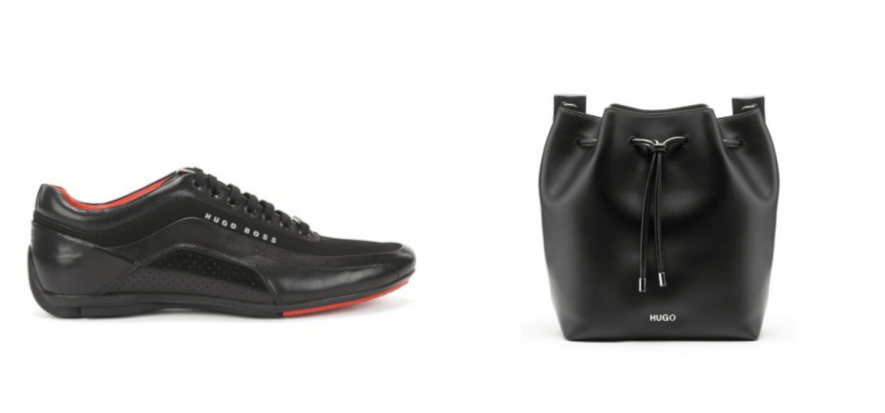“2018 turned out to be positive, yet 2019 will go even better”. Mark Langer, chief executive officer of Hugo Boss, is optimistic about the future, considering 2018 rewarding financial statements. At the end of the past year, global revenues amounted to 2,196 billion euros (+2% compared to 2017 at current rates of exchange, +4% at fixed rates of exchange). Net profits increased by 2% as well. One negative figure only: the downturn in margins, owing to investments, made by the company to enhance the product quality (also by making use of higher quality raw materials, including hides and skins), and negative currency effects. In 2018, online sales increased by 41%, while comparable sales went up by 5%. Good news from the Boss brand, which drives 87% of the overall turnover, bad news from Hugo conversely. “In 2019 we are going to implement our industrial plan for 2022 – added Langer –. We are therefore focusing on our strategic priorities to ensure a profitable growth throughout 2019. We aim at boosting considerably online sales, as well as sales in Asia, especially in China”. Hugo Boss, who had been hiring 14,685 employees at the end of 2018, expects to augment the group’s sales in single digit in 2019 (clothing is bound to go better than footwear) and aims to increase gross margins. According to estimates, Ebit will go up by 7 to 9%. Hugo Boss designs its products in Coldrerio (Switzerland), including shoes and leather accessories, which are subsequently manufactured in the Marche (in Morrovalle, in the province of Macerata) and in Tuscany (in Scandicci, near Florence). In the annual report, the company pointed out: “In a few relevant manufacturing stages, such as fabrics dyeing and leather tanning, for example, we are more and more focusing on new technologies and innovative processes to prevent the discharge of pollutants, which are hazardous to our health and environment”.
After Hugo Boss’s golden 2018 (+4%), 2019 will go even better: clothing to drive business growth










